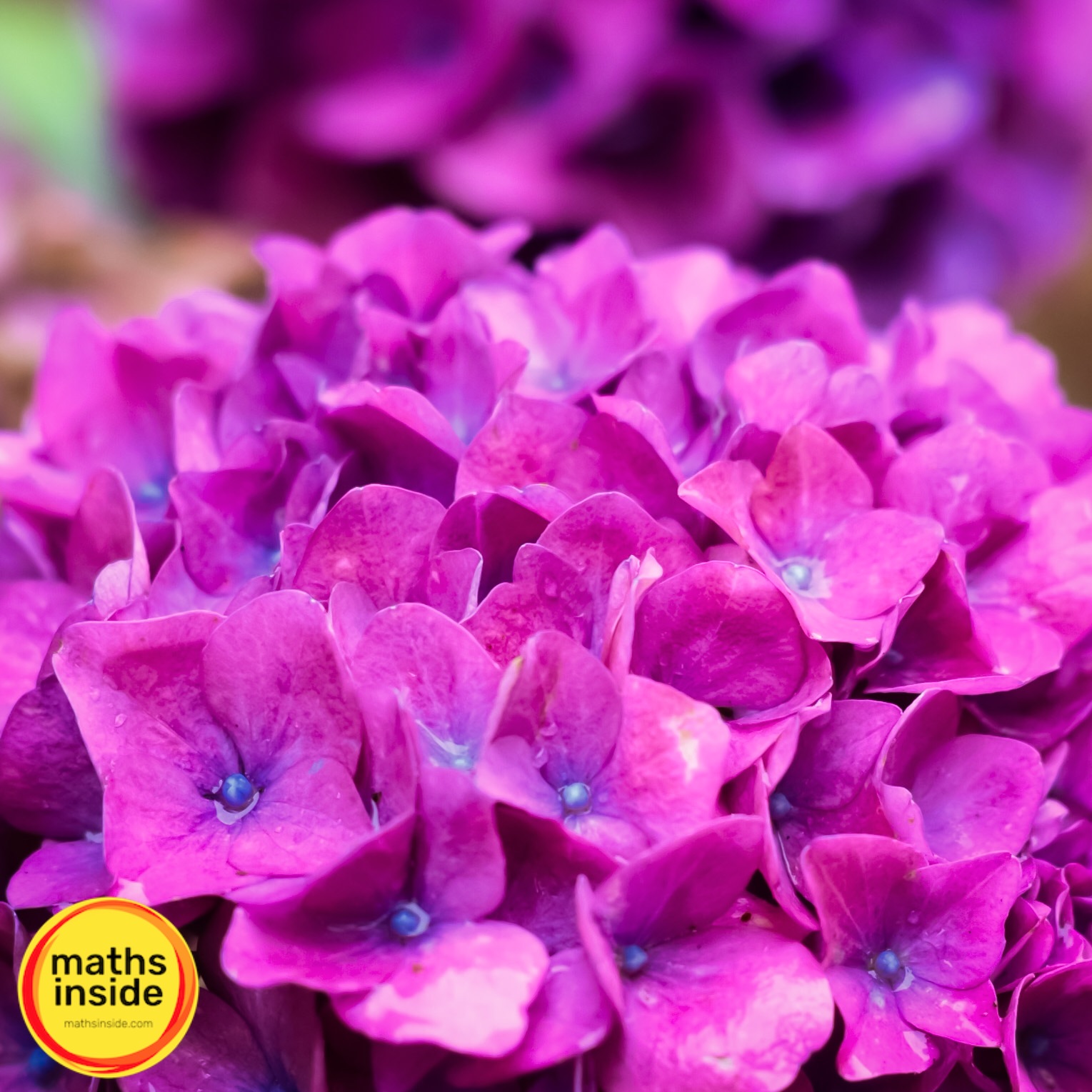The Mathematician and the Flower (in the wild)

An earlier name of the hydrangea shown in the photo was ‘hortensia’. People have long believed the hortensia was named after an 18th century French astronomer and mathematician, Nicole-Reine ‘Hortense’ Lepaute. But was it?
Lepaute was born in 1723, and in 1749 married a royal clockmaker working at the Luxembourg Palace in Paris where the astronomer Jerome Lalande also had an observatory. The three became friends and worked together on an astronomical clock, for which Lepaute calculated tables of the oscillations of a pendulum.
In 1757, Lalande turned to Lepaute for help calculating a more precise date of return of the famous Halley’s Comet, estimated to occur in 1758. Their triumph in closely predicting the actual date in 1759 was considered one of the earliest and clearest demonstrations of Newtonian physics.
A few years later, the botanist Philibert Commerson, another friend of Lalande, thought to honor Lepaute by naming a newly discovered flower ‘lepautia’, but for unknown reasons it was changed by the taxonomist Antoine-Laurent de Jussieu, in his influential plant naming system, to ‘hortensia’, which is simply derived from ‘hortus’, the Latin word for ‘garden’. Nonetheless, people associated the name hortensia with Lepaute and assumed she must have been known as ‘Hortense’, a popular French name at the time, which she has now been called through history.
So really, the mathematician was named after the flower.
— T Sarab (S1)